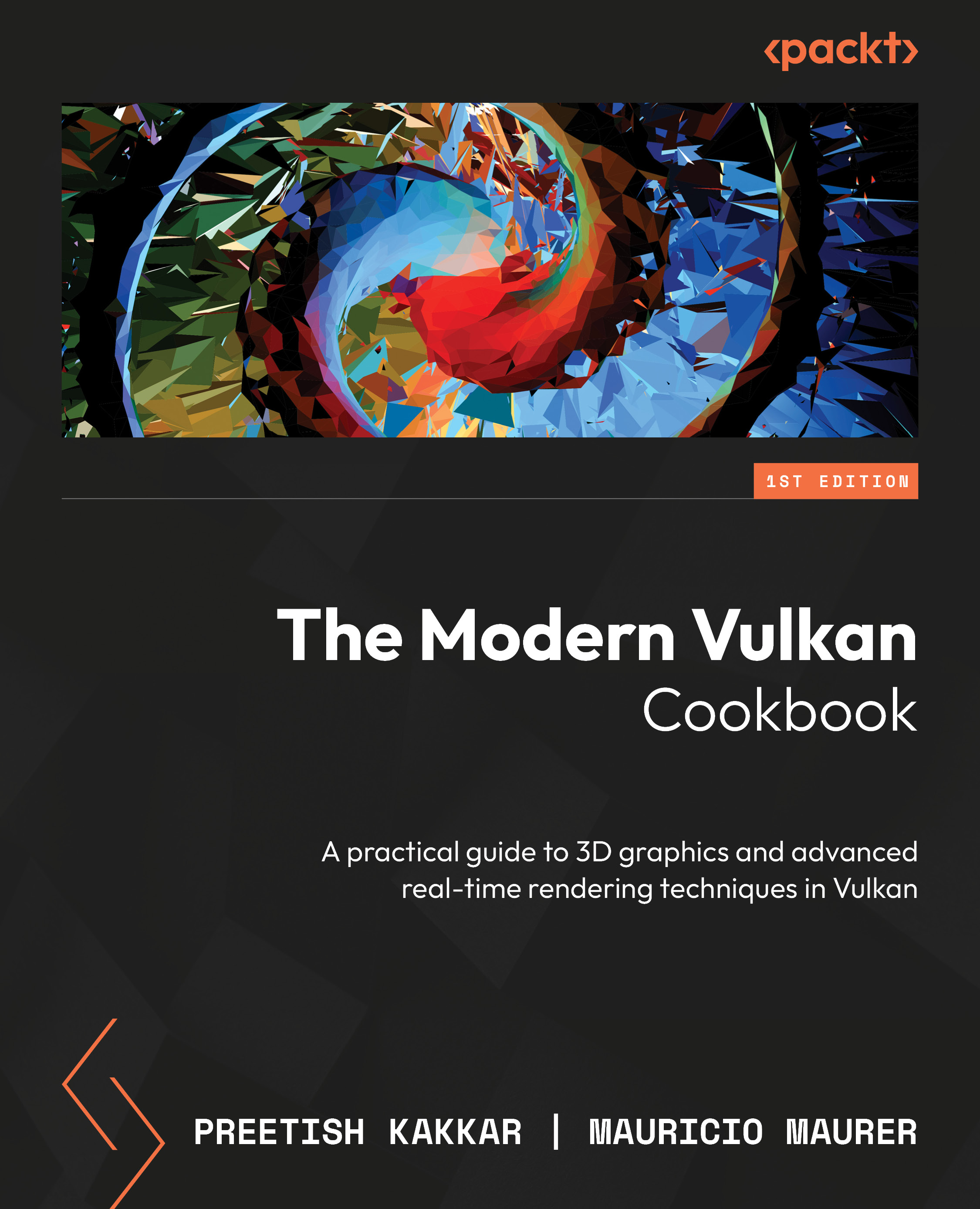Implementing a GPU ray tracer
Ray tracing is a rendering technique that simulates the physical behavior of light to generate highly realistic graphics. Ray tracing works by tracing the path of light from a pixel in the image sensor back to its source. Each ray of light can interact with the objects in the scene, causing a variety of effects such as reflection, refraction, or absorption. This allows for the creation of realistic shadows, reflections, and light dispersion effects in complex 3D scenes. In previous chapters, specifically Chapter 4, Exploring Techniques for Lighting, Shading, and Shadows, we explored rasterization. It takes a more direct approach, converting 3D polygons that make up a scene directly into a 2D image. It essentially fills in the pixels of each polygon based on its color and texture. On the other hand, ray tracing simulates the path of light rays from the camera to the scene, accounting for how these rays interact with the scene’s objects.
Before...


























































